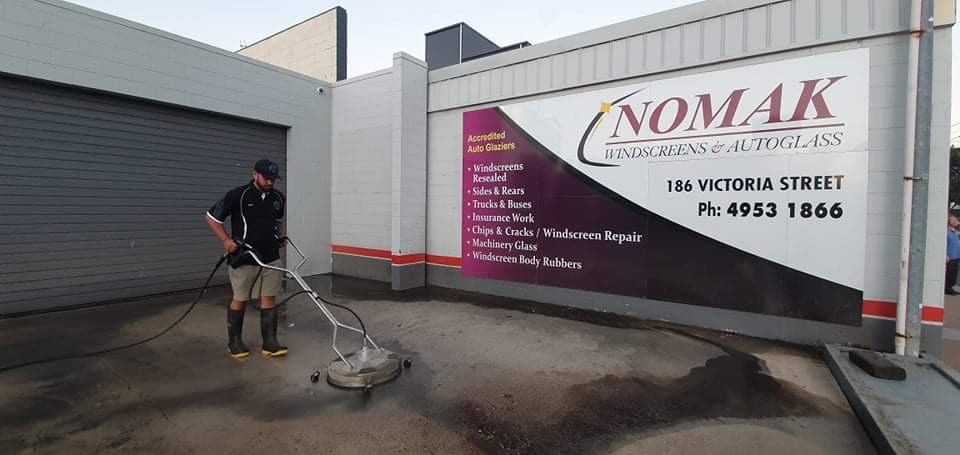Renting wear and tear versus damage
WHEN renting a property, wear and tear is inevitable. But when is it wear and tear and when is it damage?
In this month’s monthly tip, we’re going to look at what is considered as wear and tear and what is considered as damage and who is responsible for what.
>> READ MORE: THE BOND CLEAN CHECKLIST

Wear and tear
Wear and tear is somewhat vague and open to interpretation but essentially, according to REIQ, fair wear and tear means “the normal deterioration from ordinary, everyday use, taking into account factors such as exposure to the elements, age (time) and day-to-day living”.
Some property owners have the expectation that their property will be in exactly the same condition at the end of the lease as it was when tenants first moved in. But this can be unrealistic.
Likewise, some tenants have equally unrealistic expectations when it comes to returning the property and what they consider fair wear and tear.
General wear and tear on a rental property will occur over time and property owners should expect some level of wear and tear on their property while it is being lived in, it has been the tenant’s ‘home’ and as they have ‘lived’ there.
Many owners rely on their property manager’s detailed inspection reports to keep them up to date on the condition of their rental property and a complete Entry Condition Report with detailed photos is very useful for avoiding or settling disputes over fair wear and tear.
Property owners and tenants should discuss any issues around wear and tear to try to come to a mutually acceptable conclusion together before taking the matter further. Effective negotiation and communication on the property manager’s behalf can ensure everyone is satisfied with the agreement and thereby avoid any decisions having to be determined by the Tribunal.
For more on what is fair wear and tear see the RTA website here.
>> READ MORE: GUIDE TO RENTING WITH PETS

Damage
When damage is done to a property during a tenancy, identifying who is responsible comes down to what kind of damage is it and how did it occur?
The tenant is responsible for any damage that is the result of an intentional act or negligent behaviour on the part of the tenant. In this case, it is the tenant’s responsibility to inform the property manager immediately and seek advice on how to proceed with repairs or replacement.
The tenant is not responsible for any damage caused by a third party not directly connected to the tenant or anyone else living in the premises such as damage from someone the tenant did not invite onto the property or an event outside of their control such as storm damage or a break-in.
Under the new Housing Legislation Amendment Bill 2021 passed by the Queensland Parliament, pet damage has been excluded from the definition of fair wear and tear meaning property owners will be able to seek compensation for damage that’s caused by a tenant’s pets.
For more information on who is responsible for repairs see the RTA website here.



